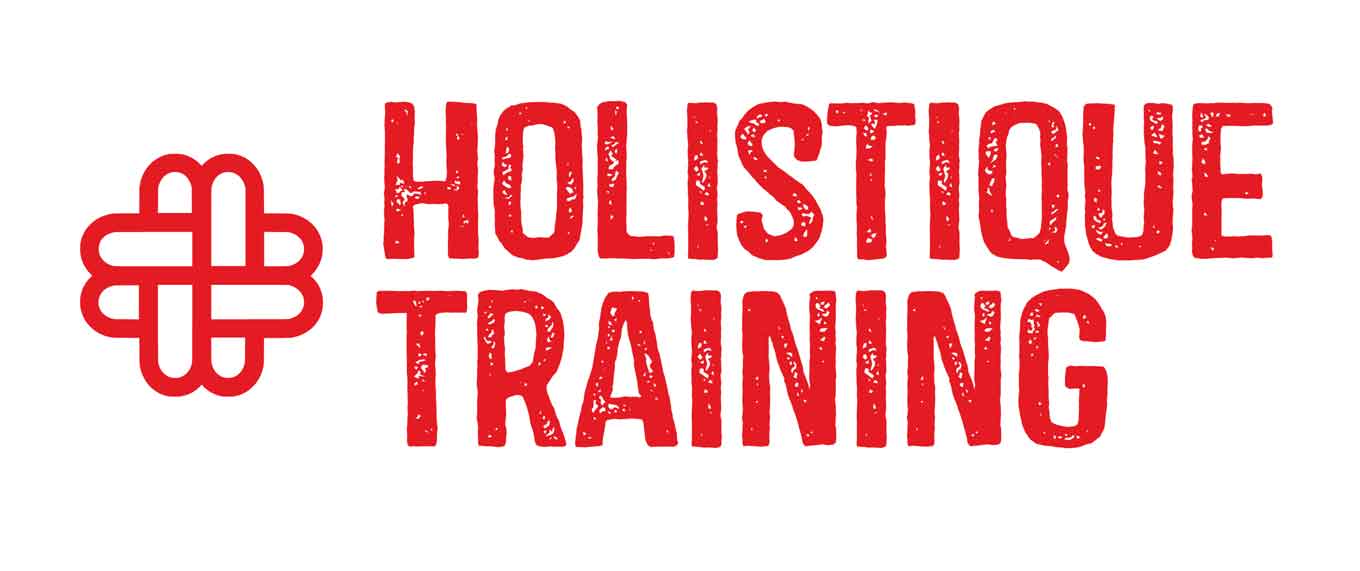In today’s fast-changing world, diplomacy is no longer limited to closed rooms or political leaders. It’s now about connecting directly with people, sharing stories that matter, and building trust across borders. Contemporary public diplomacy helps governments, organizations, and professionals communicate clearly, build relationships, and create positive impact.
This course focuses on practical skills. You’ll learn how to use digital tools, design creative campaigns, and connect with different audiences—from citizens to international partners. It also explores how a country’s image can affect trade, tourism, and global influence. By the end of the course, you’ll have real strategies to use in your field and the confidence to lead public communication efforts with purpose and clarity.
By participating in this training, learners will:
- Understand the key ideas and goals behind public diplomacy.
- Discuss the role of people, media, and culture in shaping global relationships.
- Design communication strategies that engage public audiences.
- Use social media and online tools to support diplomatic messages.
- Build partnerships with local and international stakeholders.
- Organize public diplomacy events that connect and inspire.
- Apply national branding techniques to improve a country’s image.
- Measure the success and reach of public diplomacy efforts.
This course is for professionals who want to build stronger public connections and support international dialogue. It’s ideal for:
- Diplomats and public officials.
- Communication and PR specialists.
- NGO and development workers.
- Marketing and branding professionals.
- Journalists and media consultants.
- Anyone involved in global outreach or public affairs.
This course is interactive and practical. Participants will take part in group discussions, real-world case studies, hands-on exercises, role-plays, and media analysis. Trainers will guide learners through step-by-step strategies, helping them apply each concept to their work. Peer learning and feedback are key parts of the process.
Day 5 of each course is reserved for a Q&A session, which may occur off-site. For 10-day courses, this also applies to day 10
Section 1: What is Public Diplomacy?
- Defining public diplomacy and its purpose today.
- The shift from traditional to people-focused diplomacy.
- Real examples of public diplomacy in different countries.
- Essential communication and listening skills.
Section 2: The Role of Technology in Modern Diplomacy
- How the internet has changed diplomatic communication.
- Benefits and risks of digital diplomacy.
- Tools for virtual outreach: social media, blogs, digital platforms.
- Creating content that builds trust and visibility.
Section 3: Connecting with People and Partners
- Understanding different types of stakeholders.
- How to map potential partners and allies.
- Building lasting relationships with organizations and influencers.
- Communication techniques for diverse audiences.
Section 4: Planning Public Diplomacy Campaigns
- The value of campaigns in shaping public opinion.
- Step-by-step process for planning a campaign.
- Event planning: from local talks to global events.
- Working with media, agencies, and cultural institutions.
Section 5: National Branding and Global Image
- What makes a strong national brand.
- Promoting positive narratives about your country.
- Strategies to attract tourism, investment, and support.
- Tools to measure image perception and campaign results.
- Lessons from successful branding case studies.
Upon successful completion of this training course, delegates will be awarded a Holistique Training Certificate of Completion. For those who attend and complete the online training course, a Holistique Training e-Certificate will be provided.
Holistique Training Certificates are accredited by the British Accreditation Council (BAC) and The CPD Certification Service (CPD), and are certified under ISO 9001, ISO 21001, and ISO 29993 standards.
CPD credits for this course are granted by our Certificates and will be reflected on the Holistique Training Certificate of Completion. In accordance with the standards of The CPD Certification Service, one CPD credit is awarded per hour of course attendance. A maximum of 50 CPD credits can be claimed for any single course we currently offer.
- Course Code PM2 - 125
- Course Format Classroom, Online,
- Duration 5 days













